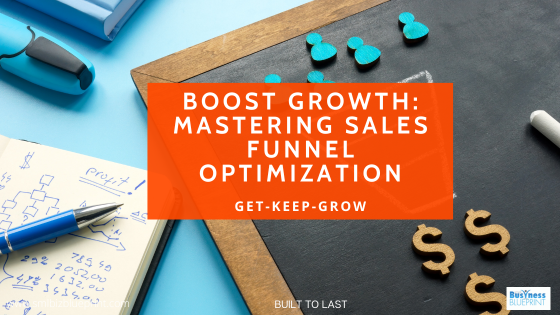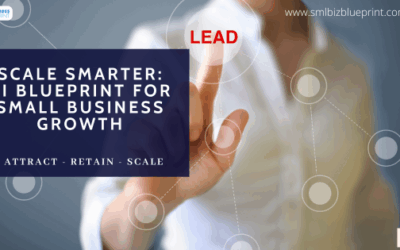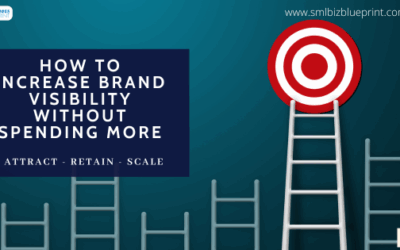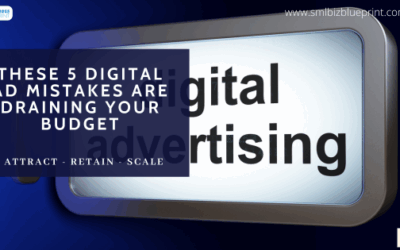As a small business owner, you know that leads are the lifeblood of your company’s growth.
In a competitive market, finding effective strategies to maximise leads is essential. This is where the power of sales funnels comes into play. A well-structured sales funnel can be the secret weapon that propels your business forward, converting curious browsers into loyal customers.
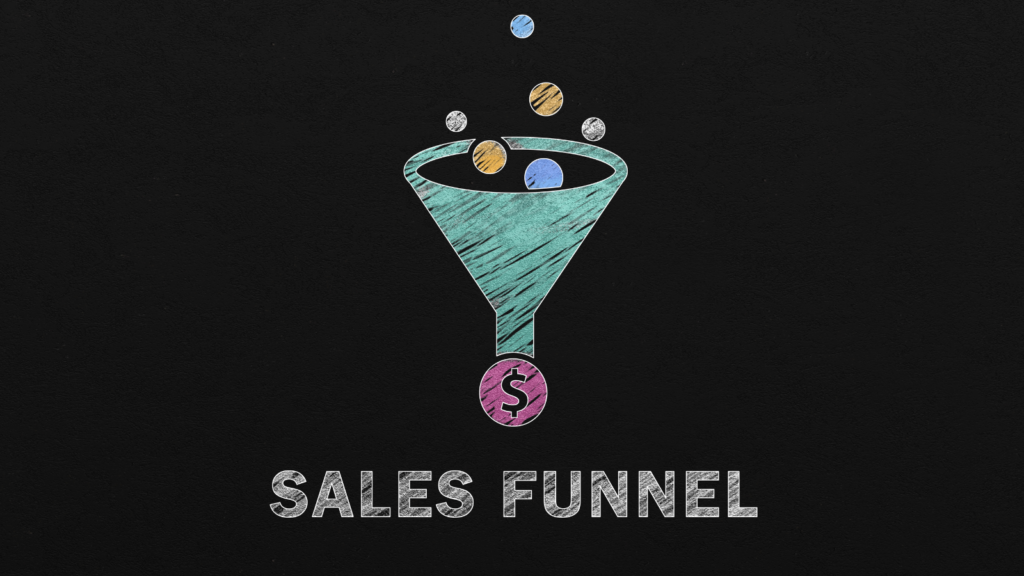
In this article, we will dive deep into the world of sales funnels, unravelling their stages, explaining their significance, and providing actionable insights on how to harness their power to drive your small business towards success.
Understanding Sales Funnels
At its core, a sales funnel is a strategic journey designed to lead potential customers through various stages, culminating in a purchase decision.
Picture a funnel: wide at the top and narrow at the bottom. Just as you pour liquid into the top of a funnel, leads enter at the top of a sales funnel, and as they progress through each stage, the number of leads decreases while the quality increases.
This process allows you to focus your efforts on those genuinely interested in what your business has to offer.
The Stages of a Sales Funnel
The sales funnel is divided into several stages, often represented by the acronym AIDA: Awareness, Interest, Decision, and Action. Let’s delve into each of these stages:
Awareness:
This is when potential customers become aware of your business and its offerings. Content marketing plays a pivotal role here, drawing people in through informative blog posts, engaging social media content, and captivating videos.
Interest:
Once you’ve captured their attention, it’s time to nurture their interest. This is where you provide valuable insights through ebooks, webinars, or exclusive content in exchange for their contact information. This enables you to establish a direct line of communication.
Decision:
As leads move into the decision stage, they evaluate whether your product or service meets their needs. Personalised emails, case studies, and customer testimonials can provide the necessary push to convince them that your solution is right.
Action:
The ultimate goal of any sales funnel is to guide leads to take action – making a purchase. By this stage, your leads are well-informed and primed for conversion. Limited-time offers, free trials, and clear call-to-action buttons can provide the final nudge they need.
Crafting an Irresistible Top-of-Funnel (ToFu)
Your journey to lead maximisation begins at the top of the funnel.
To capture the attention of potential customers, create content that resonates with their needs and interests. Use engaging blog posts, impactful social media visuals, and informative videos.
For instance, let’s imagine you run a fitness apparel business. Sharing blog posts about the latest workout trends or creating tutorial videos on proper exercise techniques can draw in fitness enthusiasts seeking information and inspiration.
Nurturing Middle-of-Funnel (MoFu) Relationships
As leads move through the funnel, it’s crucial to maintain a relationship.
Create targeted email campaigns that provide value and address their pain points. Lead magnets, such as free downloadable resources or access to exclusive webinars, offer a win-win scenario – your leads gain valuable knowledge, and you gain their contact information.
Guiding Bottom-of-Funnel (BoFu) Conversions
The bottom of the funnel is where leads are ripe for conversion.
Here, you must provide the final push that convinces them to purchase. Limited-time discounts, risk-free trials, and detailed product demonstrations can tip the scales in your favour.
Imagine you run a software company. Offering a free trial period with full access to your software can give potential customers a hands-on experience, boosting their confidence in purchasing.
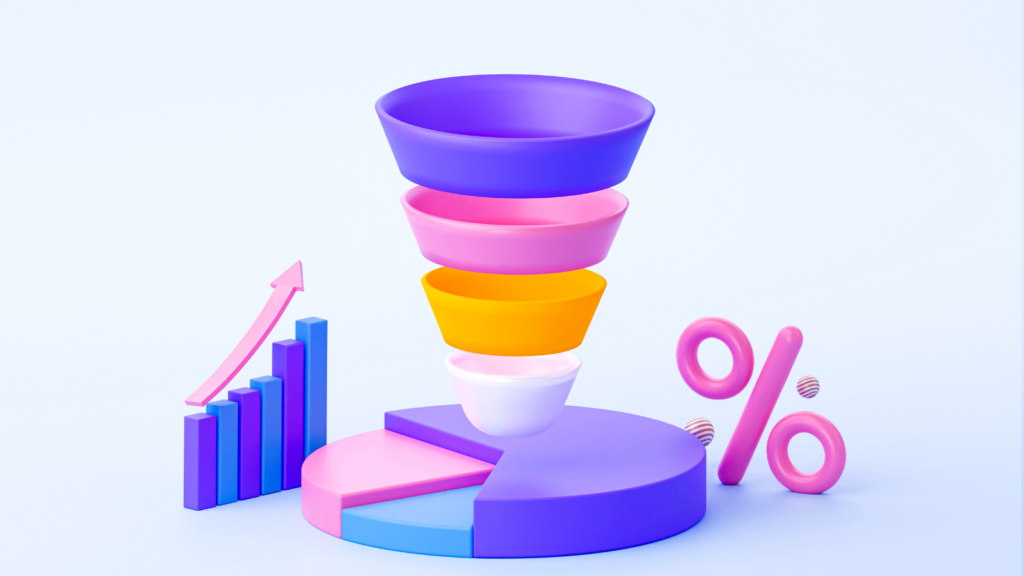
Analysing and Optimizing the Funnel
As a savvy business owner, you understand the importance of data-driven decisions.
Throughout your sales funnel, tracking metrics and analysing performance are essential. Tools like Google Analytics and CRM systems provide valuable insights into where your funnel might leak potential leads.
Every interaction, click, and conversion holds valuable insights into the intricate landscape of your sales funnel.
This journey begins with a profound understanding of your metrics – the guiding stars illuminating the path to success.
Setting Clear Goals and Metrics: Navigating with Purpose
Just as a seasoned sailor charts a course before setting sail, you, too, must define your goals.
Identify the key performance indicators (KPIs) aligning with each sales funnel stage. For instance, monitor metrics like website traffic, social media engagement, and click-through rates at the Awareness stage.
As leads journey deeper, observe conversion rates, email open rates, and cart abandonment rates. These metrics become your guiding stars, showing where your funnel is performing brilliantly and where it may be leaking potential leads.
Leveraging Google Analytics: Your North Star of Insights
Enter Google Analytics – the North Star guiding your ship through the sea of data.
You’ll uncover a treasure trove of insights by embedding tracking codes and configuring goals. Track the paths leads take through your funnel, spot drop-off points, and identify the pages that hold their attention.
Imagine you run an e-commerce store specialising in artisanal chocolates. Google Analytics reveals that many visitors abandon their carts at the checkout stage. With this knowledge, you can optimise the checkout process, reducing friction and boosting conversions.
Automation: Streamlining the Process
Efficiency is key in today’s fast-paced world. By embracing automation, you can streamline your sales funnel processes.
Automated email sequences keep leads engaged and informed, while customer segmentation ensures that each lead receives content tailored to their needs.
Harnessing CRM Systems: Cultivating Customer Connections
Your CRM system is both compass and anchor, fostering lasting relationships with your leads.
Segment your leads based on behaviour, preferences, and interactions. This ensures that your communication is as tailored as a bespoke suit.
Picture you operate a software startup. Your CRM system identifies a segment of leads who have repeatedly engaged with content related to productivity tools. This insight guides you to send them targeted emails showcasing how your software can enhance their workflow – a personalised touch that paves the way for conversion.
Automation: Smooth Sailing through the Funnel
In the bustling ocean of business, efficiency is your lifeboat. Embrace automation to streamline your sales funnel and provide a seamless experience for your leads.
Begin by crafting automated email sequences triggered by specific actions – a lead subscribing to your newsletter, for instance. Each interaction triggers a new wave of engaging content as they progress through the funnel.
Furthermore, implement customer segmentation to ensure each lead receives content aligned with their needs. Think of it as assigning a personal tour guide to each traveller in your business journey.
Mapping Automation Touchpoints: The Route to Success
Map out your automation touchpoints with precision.
Consider a scenario where a lead downloads your wellness blog’s ebook about stress management. An automated email sequence could follow, delivering additional resources on healthy living, exercise routines, and mindfulness practices.
As they explore these curated offerings, their engagement deepens, leading them closer to conversion. Remember, every touchpoint is a stepping stone towards building trust and authority.
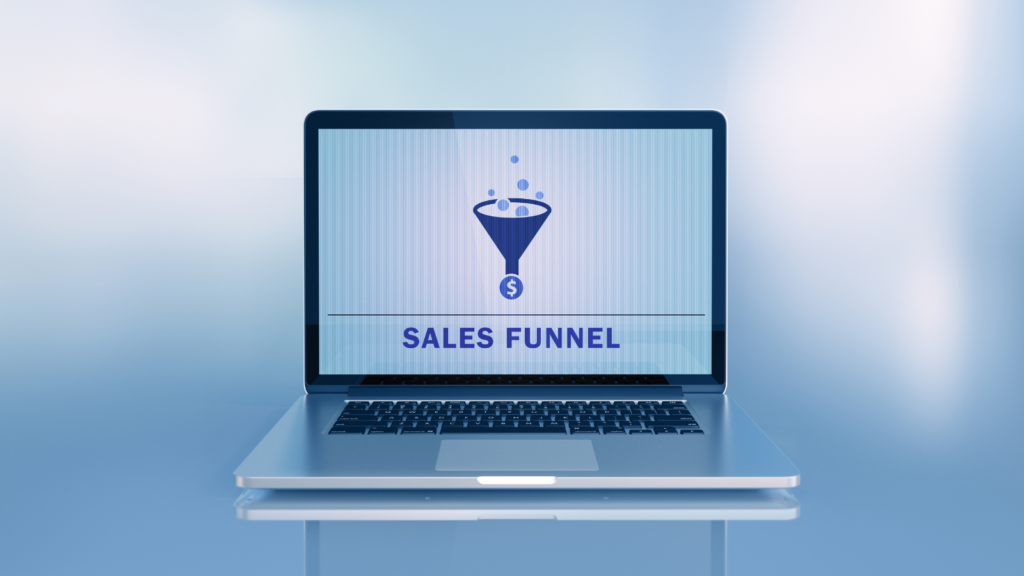
A/B Testing: Enhancing Funnel Performance
Never underestimate the power of experimentation. A/B testing involves creating variations of elements within your funnel and analysing which ones perform best.
Test different subject lines, call-to-action buttons, and landing page designs to discover what resonates most with your audience.
A/B Testing: Refining the Symphony
Within the grand orchestra of your sales funnel, A/B testing is your conductor’s baton – a tool that shapes the performance to perfection.
Identify elements ripe for testing – subject lines, email content, website layouts, and more.
Introduce variations and meticulously monitor their impact on performance metrics. For instance, if you’re an online fashion retailer, experiment with different product images, descriptions, and calls to action on your landing pages.
Observe which versions orchestrate higher click-through rates and conversions and fine-tune your funnel accordingly.
Interpreting and Adapting: A Continuous Cycle
As you decipher A/B testing results, embrace the iterative nature of optimisation.
Analyse the data, glean insights, and apply the lessons to future experiments.
Remember, the road to success is rarely linear; it’s a dance of adaptation and evolution.
Continuously strive for improvement, seeking the sweet spot where your funnel resonates harmoniously with your audience.
Case Studies: Realizing Success
Let’s take a look at a real-world example. Consider a local bakery that implemented a sales funnel strategy.
By creating enticing social media posts about their freshly baked goods (Awareness), offering exclusive recipes to subscribers (Interest), showcasing testimonials from delighted customers (Decision), and providing limited-time discounts (Action), they experienced a 30% increase in online orders within three months.
Conclusion:
In a world where leads are the currency of growth, sales funnels have emerged as a formidable tool for small businesses.
Understanding the stages, crafting compelling content, nurturing relationships, and optimising at every turn can drive your business towards greater success.
So, as a small business owner, seize the power of sales funnels to maximise your leads, nurture customer relationships, and watch your business flourish.
FAQs:
Q: What is a sales funnel?
A: A sales funnel is a strategic process guiding potential customers through stages from awareness to action, ultimately leading to conversions.
Q: How can I attract leads at the top of the funnel?
A: Create engaging content like blog posts and videos that resonate with your target audience’s interests and needs.
Q: What role does automation play in sales funnels?
A: Automation streamlines processes, ensuring timely communication and personalised interactions with leads.
Q: Why is A/B testing crucial for funnel optimisation?
A: A/B testing helps identify the most effective elements within your funnel, leading to higher conversion rates.
Q: Can sales funnels work for small businesses?
A: Absolutely! Small businesses can leverage sales funnels to capture, nurture, and convert leads effectively.
Q: What’s the key takeaway?
A: Sales funnels are a dynamic tool that empowers small businesses to transform potential leads into loyal customers, driving growth and success.
So, as a small business owner, seize the power of sales funnels to maximise your leads, nurture customer relationships, and watch your business flourish.

